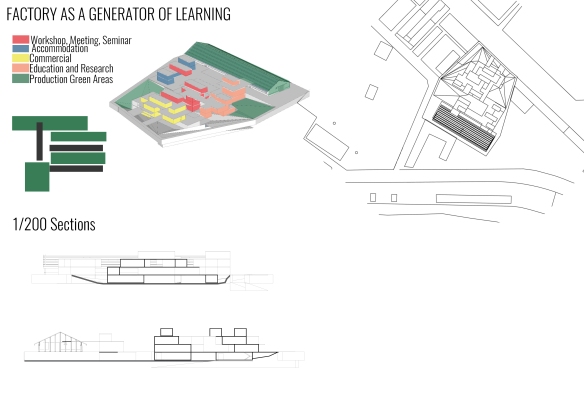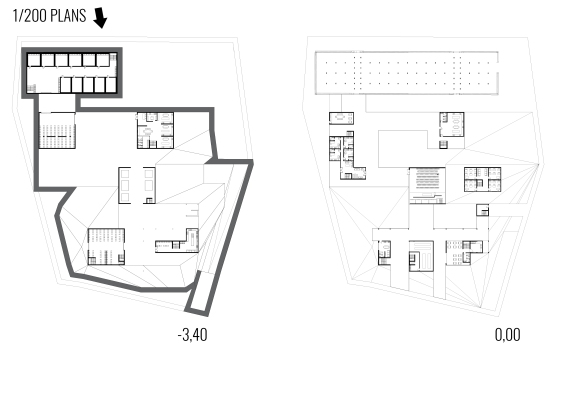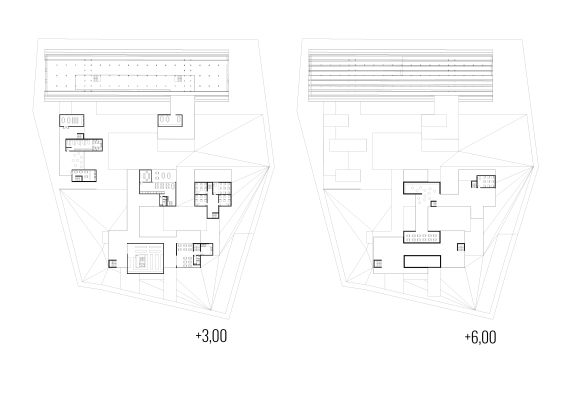This semester I took a lecture which is Alternative Media as a code COM360. It contains a lot of subjects about journalism, human rights, traditional and alternative media and their benefits or obstacles each other and also relations between media and social movement or media and free software… I have learned that the ruling powers have resorted to alternative ways to hear the voices of opposition and other people in the mainstream media because of their willingness to gather mass media around a single voice. In our lesson we have approached and discussed with the examples of what the alternative media cover and function as a response to the shortcomings and inadequacies of the mainstream media’s understanding of journalism. We made the definition of alternative media concept by considering new media examples that emerged in the age of information we have experienced with the development of technology primarily through the concept of alternative media.During this semester, I have the idea that I have never come to mind that means, I began to look critically to the news that the media offered to the public, and I sought and thought about their truth. These inquiries directed me to investigate the positive and negative consequences of economic, political, social and cultural events in my country. If I elaborate more on what I have learned, I would like to talk about the relationship of social movements to alternative media, because this has increased my interest to the subject. Alternative media plays an important role in social movements because alternative media is divided from traditional media at point which is while traditional media is a way communication, alternative media offers opportunities to communicate people, share to people their ideas. Not only between people also between activists and organizations, people communicate and informed. Doubtfully that social movements can be explained more easily and faster on the internet. The development of social media can easily organize and arrange people’s movements. With alternative media, you can have opportunities to hear people, activists and organizations. For this reason, I thought that the alternative media helps to expand and spread social movements. Unlike mainstream media, alternative media not only gens but also organizes people. As a result, we can easily say that alternative media creates a new form of public space because alternative media has created a democratic space for people. Unlike the alternative media, the mainstream media has some limitations in terms of democracy such as bowdlerization or government policies. On the other hand, the mainstream media does not offer much opportunity for people to participate but through the alternative media people can participate in politics, agenda or social problems. They can discuss and edit these topics on the internet. Before this lesson I did not know that the alternative media would have this effect on social movements.
When I searched about this subject after this lesson and I saw that the popularity of relation of alternative media and social movements. Furthermore I found a book about this subject and it arouse curiosity of mine. Twitter has become as much an instrument of political debate, crisis communication, marketing and cultural participation as much as everyday communication. At the same time, based on the experiences of leading international Twitter researchers in equal disciplines and contexts, also this book provide a detailed and comprehensive overview of current research on Twitter’s use, documenting the various notions and concepts of Twitter communication.
I learned this lesson; the number of alternative media examples is growing rapidly in our country as it is in the whole world in recent years. Alternative Media has a different economic structure, organization, content, presentation and practice from traditional media. Participant is a medium in which all citizens can hear their voices, within the framework of their pluralistic, equal rights and responsibilities. The practices of communication in this medium include the problems of the opponents. There is no doubt that the ‘Gezi Parkı’ and its process have been influential at the spreading and discussing of these media in our country. From the alternative media debates, I can say the example of ‘Çapul TV‘ which is established and operated during the actions. Çapul TV was established shortly after the trips started and as a sample of alternative media during the campaigns, many news about the mainstream media not reflecting to the public has been presented to the public on the internet. Furthermore Halk TV is another example of alternative media. You can find the video from link.
Another topic I learned is that I think that the alternative media and the new media are moving along with the social movement I mentioned earlier. The new media benefits the alternative media and sometimes it puts obstacles. For example; the new media will increase the speed of ideas of dissemination, and people will come up with such ideas more quickly. It also allows the unheard sounds to be heard, at the same time, it creates mediums for discussion of different aspects of the view, not just popular ideas.
(you can reach the source of photographs from links on photos.)
If I talk about the obstacles that the new media put into the alternative media, there is no doubt that provocative actions should be done, assuming that the information spreads very fast and is consumed first. The ideas which are discussed with provocative actions are damaged and also change the point of view of the people. At the same time, such acts constitute pollution of thought that disturbs the peace of the people. While the new media allows different ideas to spread, and the other is that people cannot share their thoughts by feeling the pressure of society. This is about digital surveillance, which we are talking about. People are reluctant to use new media tools due to digital surveillance, which is one of the obstacles that new media put into alternative media. As a result, the existence of alternative media and the mainstream media creates new ideas in the public, and people can see right and wrong from here.
Video link: https://www.youtube.com/watch?v=54Xz_x8ItEY























